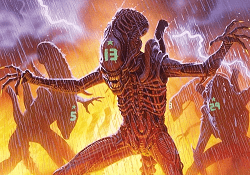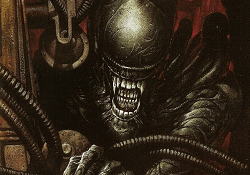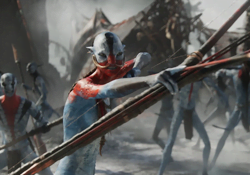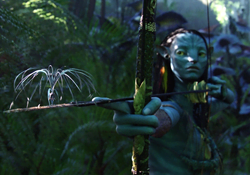Xenomorph Anatomy: Exploring The Biology Of Aliens
The Xenomorph's complex and enigmatic anatomy, a masterwork of both biological evolution and imaginative design, adds to the allure of these formidable creatures. In this exploration, we delve into the intricacies of Xenomorph anatomy and biology, uncovering the mysteries that make them a true sci-fi masterpiece. Although Xenomorphs have many castes and types, this article focuses on most of the common traits of all Xenomorphs while using the Xenomorph Warriors as a prime example.
Exoskeleton: Armor and Adaptation

At first glance, the Xenomorph's exoskeleton is perhaps its most distinguishable feature. The chitinous plating covers its body in a biomechanical symphony of strength and flexibility. This exoskeleton serves multiple purposes, acting as both armor against potential threats and a versatile adaptation for its environment. The segmented structure grants the Xenomorph an uncanny ability to maneuver through tight spaces, while also providing enhanced resistance against physical harm. The Yautja have been shown to extract parts of the endoskeleton to use as armor against the Xenomorph's acid.

Acid Blood: Lethal Defense Mechanism

One of the most infamous traits of the Xenomorph anatomy is its blood, which is not only corrosive but deadly. Composed of a potent molecular acid, this blood serves as a defense mechanism against predators and captors alike. When injured, the Xenomorph's circulatory system releases this corrosive substance, melting through surfaces and deterring any potential threats. This unique adaptation adds an extra layer of danger to any confrontation with these extraterrestrial creatures. All known Xenomorph castes have acid for blood, including the Ovomorphs (Alien eggs).
The Distinctive Head and Jaws
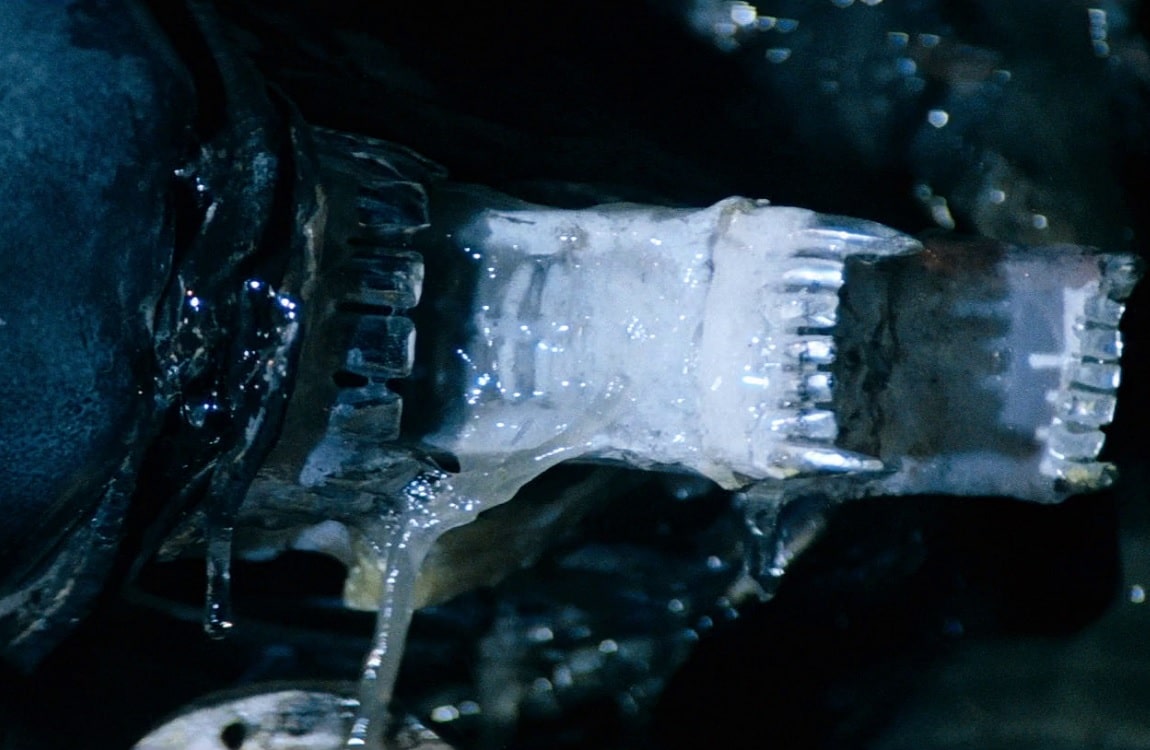
The Xenomorph's elongated, cylindrical head is a marvel of alien aesthetics. Its sleek design tapers to a point, housing a nightmarish set of double jaws that function like a predator's deadly pincers. The outer set of jaws is used for grasping and immobilizing prey. These mandibles conceal the inner set, a secondary set of jaws that thrust forward with remarkable speed, puncturing the victim's flesh. This is perhaps the Alien's most deadly attack, able to puncture almost anything. In a non-erect position, the inner jaw is shown to be fleshy and flaccid.

The Enigmatic Brain
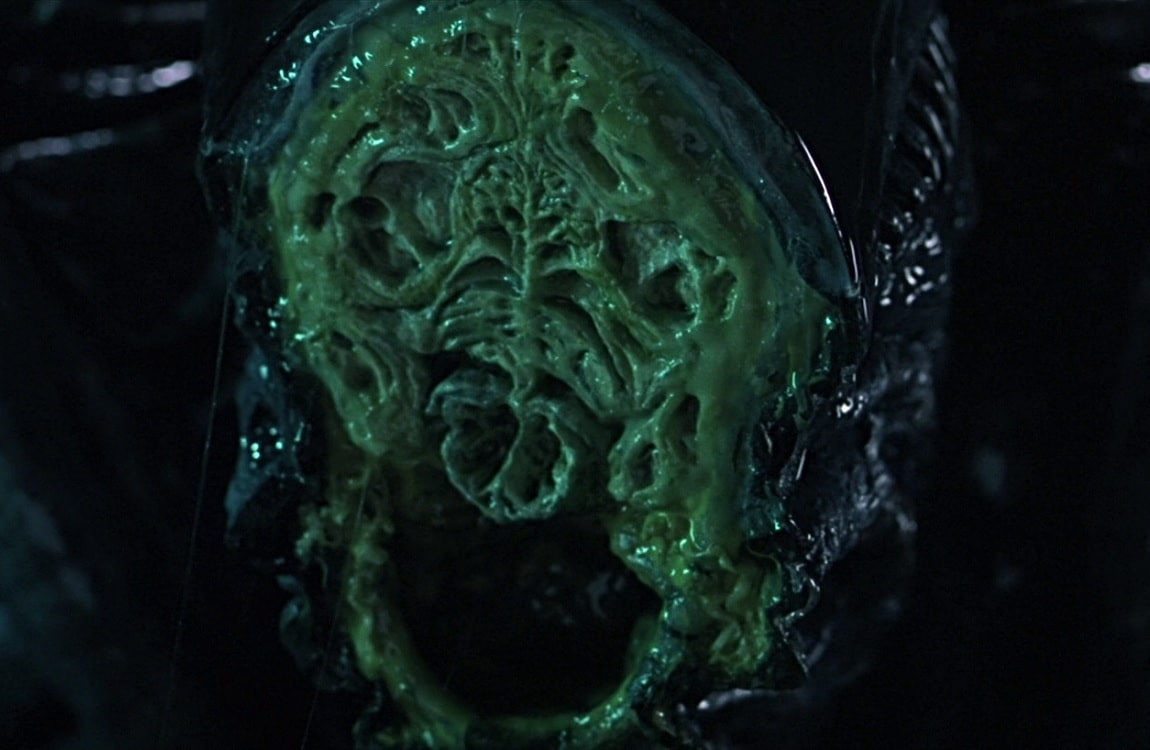
While much of the Xenomorph's anatomy is shrouded in mystery, its brain and claws are equally fascinating aspects. The brain, located deep within its cranial cavity, is proportionally larger than one might expect for a creature so ruthlessly efficient. This suggests a degree of intelligence that goes beyond mere instinct, allowing Xenomorphs to adapt to new environments and tactics. A rare view into the Alien brain was shown in the first Alien vs. Predator movie, where Scar Predator cut a Xenomorph head in two, revealing its green insides, almost to the degree of a Xenomorph anatomy diagram.
Xenomorph Vision: Seeing Without Eyes
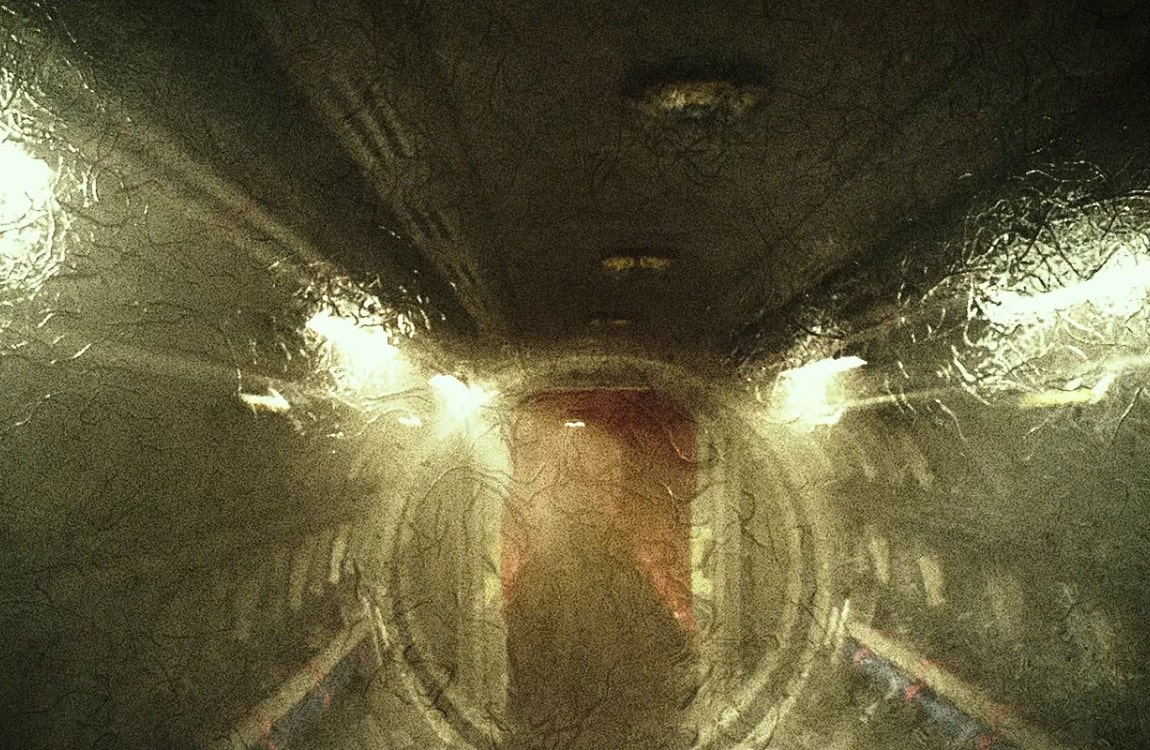
The Xenomorphs see without eyes, although the Xenomorph from the first Alien movie had a human skull with eye sockets underneath its transparent dome. It can be theorized that their vision is a combination of echolocation (also seen in the Pitch Black movie) and the smell of pheromones in the air. As for the Xenomorph vision itself, the POV of the Alien has been shown in several Alien movies and games. Both Alien 3 and Alien: Covenant show the Alien vision as somewhat blurry and with a fish-eyed lens, giving a larger horizontal perception. The AvP games have also shown the black-and-white echo-location vision and their normal vision highlights enemies with a glowing aura.
Dorsal Tubes Or Back Spikes
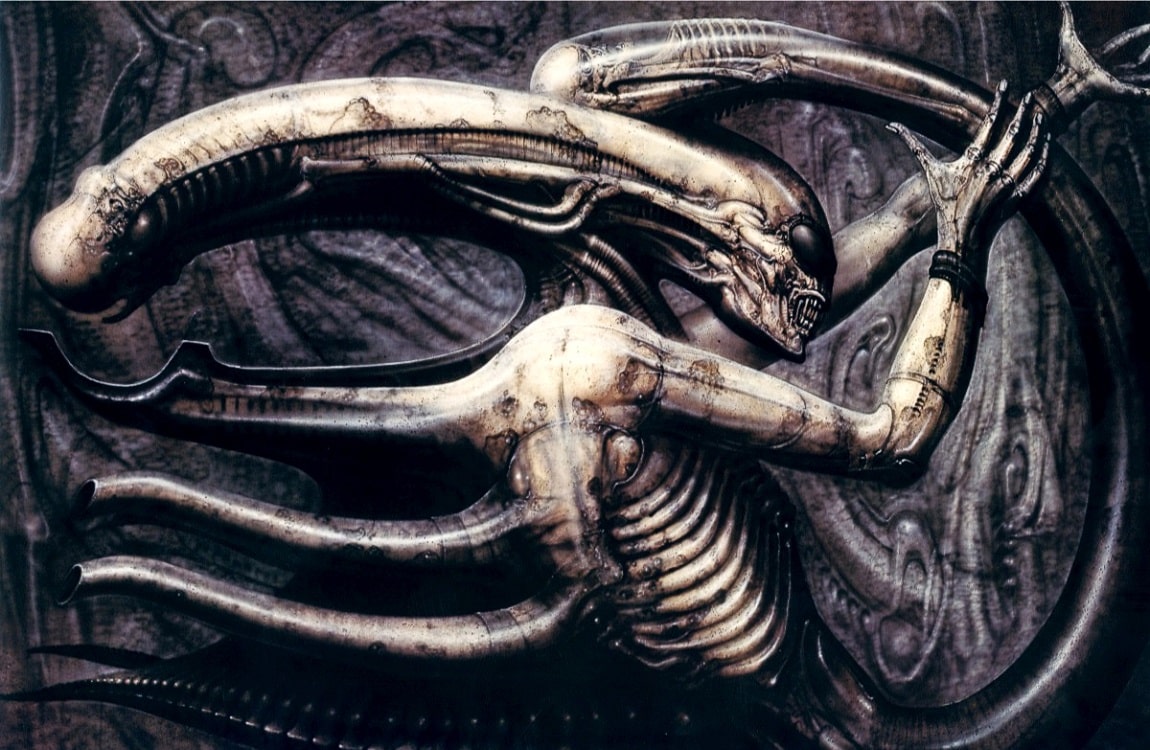
The Xenomorph's dorsal tubes are distinctive anatomical features that might play a crucial role in their physiology and are a hallmark of their terrifying appearance. These four elongated, biomechanical tubes, often referred to as dorsal spines, run along the creature's back. The tubes seem to help the Xenomorphs blend into their hive walls for better camouflage. They might also play a part in the creation of the hive itself, perhaps secreting the hive resin. Some more agile Xenomorph types like the Runners are lacking the tubes, allowing them to move faster and fit into smaller places. These distinctive dorsal tubes are a symbol of the Xenomorph's adaptability and their status as one of the most formidable extraterrestrial organisms in science fiction lore.
The Formidable Claws
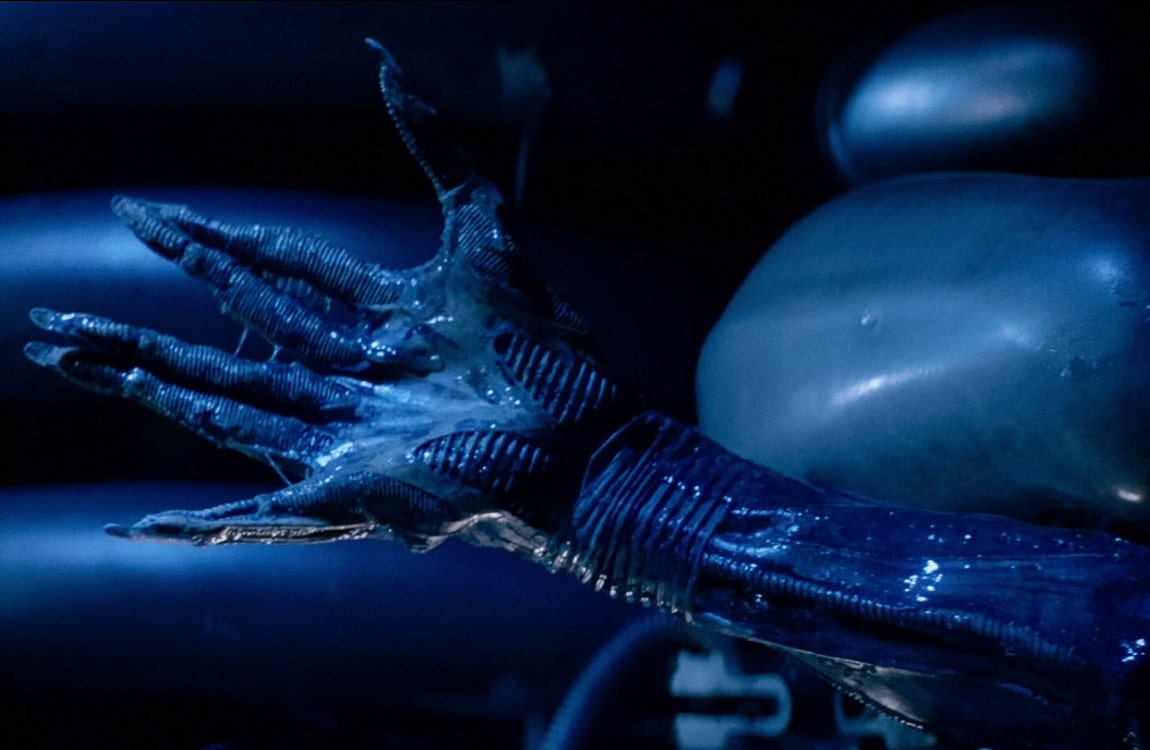
Additionally, the creature's claws are versatile and lethal. The fingers are tipped in razor-sharp nails, capable of rending through flesh and metal alike. However, the Aliens can be "tender" while carrying their victims to the hive, as they need to be unharmed to be able to birth their offspring. While the first Alien movie had five distinct fingers on the Xenomorph Warrior (or drone), the second movie had several fingers molded together, giving the impression it only had three. The spider-like Facehugger has eight fingers or legs, able to cover the whole face of the victim.
The Xenomorph's Long Tail

The Xenomorph's tail is another remarkable aspect of its anatomy. Ending in a vicious and elongated blade-like structure, the tail acts as both a weapon and a tool for the creature. In combat, it serves as a deadly extension, capable of striking with lethal precision. Beyond its combative function, the tail's tip also houses a stinger, able to incapacitate enemies so they don't struggle while they are carried into the hive. The Xenomorph tail can vary in length, but the most powerful tail belongs to the Alien Queen.
Internal Organs And Guts
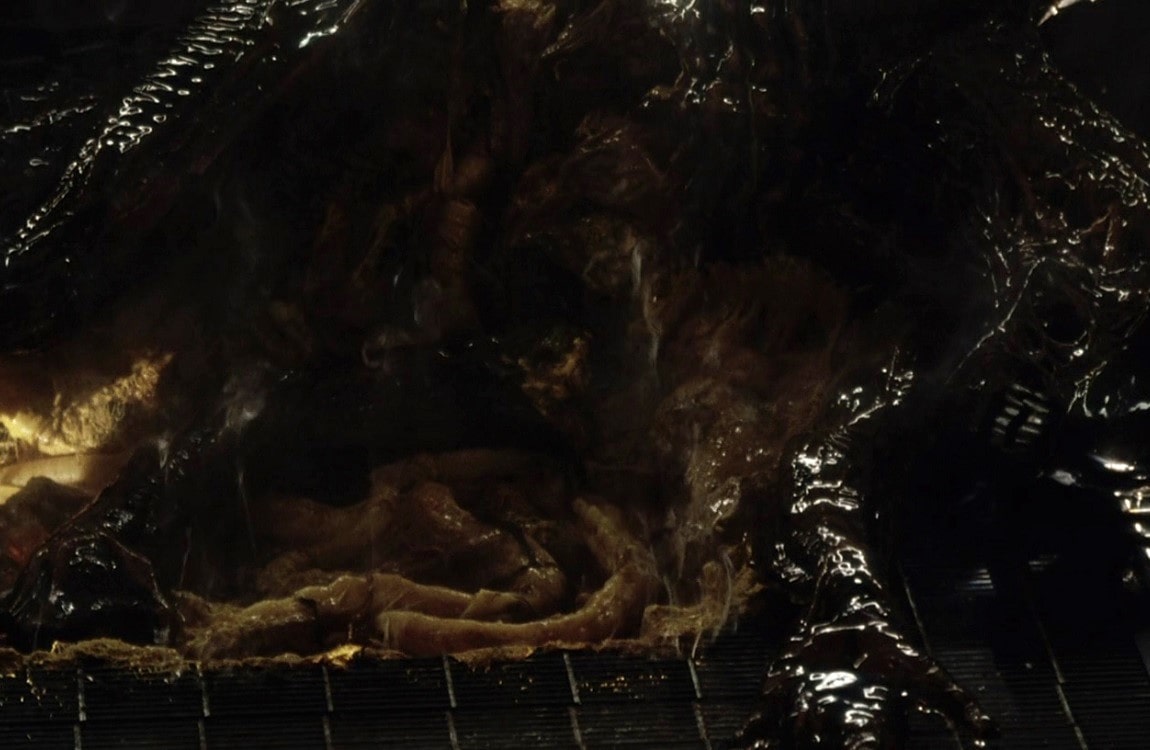
Besides having a brain, not much is known about the Xenomorph internal organs. The Xenomorph's complex digestive system allows it to extract nutrients from a wide range of organic matter, making it a highly adaptable predators. Their respiratory and circulatory systems remain enigmatic, adapted to survive in hostile environments such as the vacuum of space. A rare glimpse at the internals of a Xenomorph is shown in Alien: Resurrection, where two warriors gutted a third one to aid in their escape on the USM Auriga. The unlucky Xenomorph's guts burnt through the floor, allowing the others to escape through the hole.
Multi-Jointed Feet
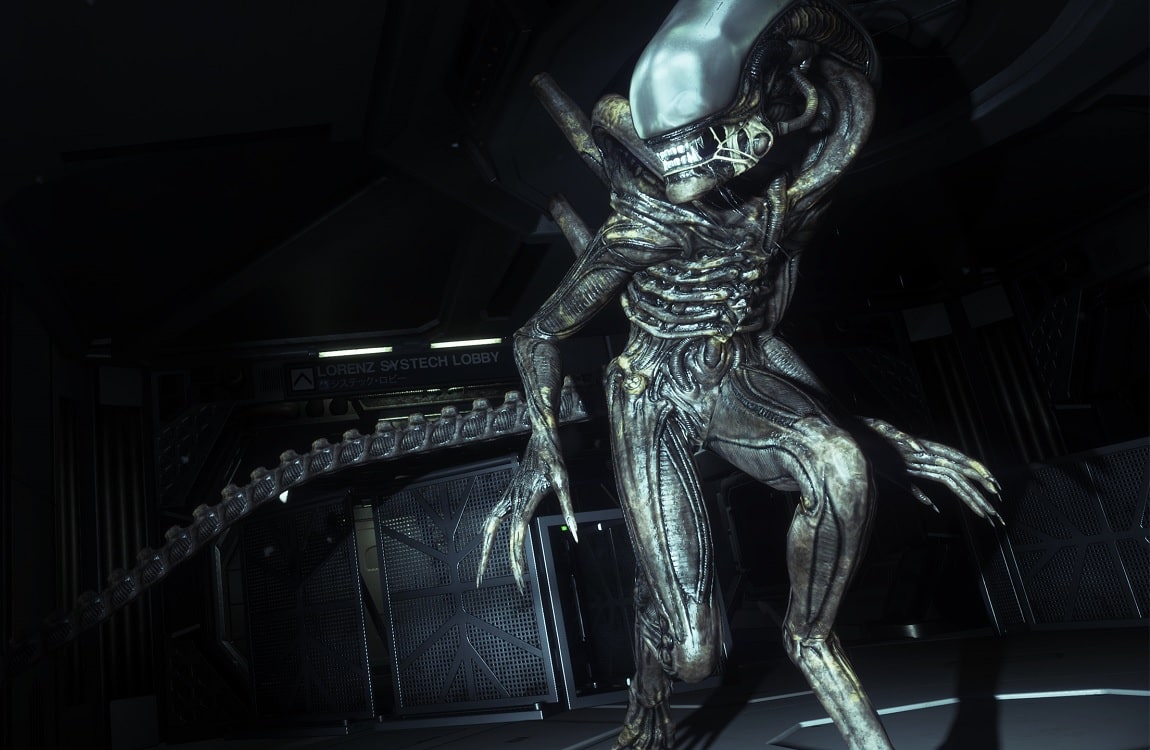
These biomechanical appendages are a complex fusion of alien biology and biomechanical design. Typically, Xenomorphs possess digitigrade legs, with elongated, bony digits ending in sharp, talon-like claws. These formidable feet allow them to move swiftly and silently, stalking their prey with lethal precision. Their strong, sinewy muscles grant them exceptional jumping and climbing abilities, making them a relentless force in various terrains, whether it's the tight confines of spaceship corridors or the rugged landscapes of alien worlds. The Xenomorph's feet are not just tools for locomotion; they are also instruments of death, as these deadly claws can effortlessly eviscerate victims and impale them in an instant.
Xenomorph Eating Habits
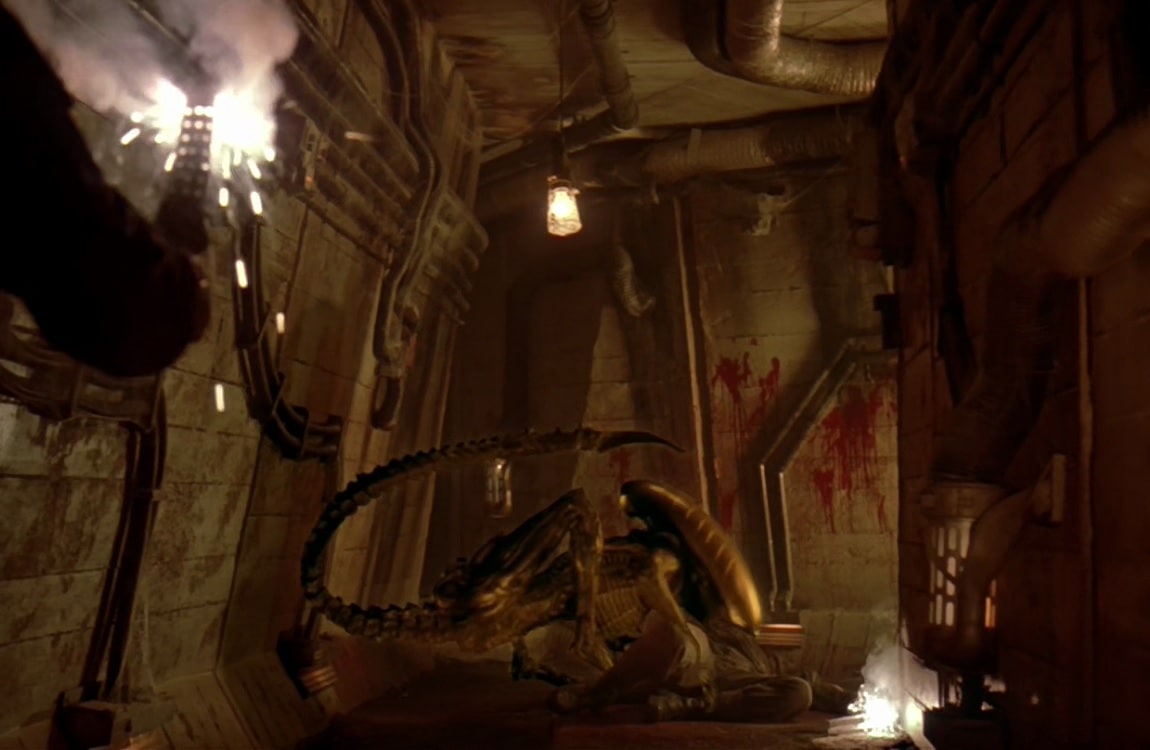
Although the topic of Xenomorph feeding has mostly been avoided in the movies, it is evident that the Xenomorphs need to extract nutrients from somewhere, and cannot just grow out of thin air. Xenomorphs are known to be opportunistic feeders, consuming both the living and the deceased. Their iconic inner jaw, often employed for gruesome killings, can also serve as a tool for tearing into their prey's flesh, facilitating the process of devouring their victims. In the Alien novelization by Alan Dean Foster, the Alien raided a food locker before growing to full size. In the Alien vs. Predator games, the Aliens have the ability to head-bite their victims to replenish their health.
Acid Spit
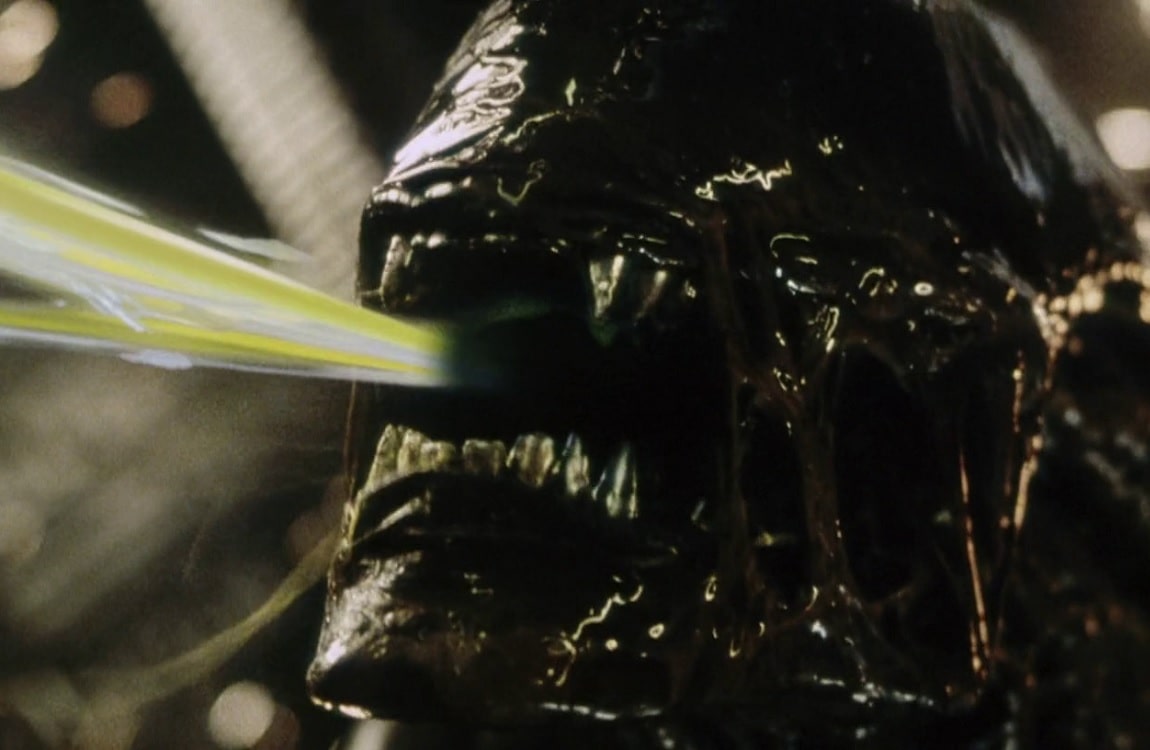
In addition to their powerful jaws, certain Xenomorphs have the capability to spit acid. This acid, which has a composition akin to their blood, serves as a defensive tool that can inflict significant harm on both attackers and barriers. Instances of acid spitting have been observed in facehuggers, chestbursters, and adult Warriors (specifically those featured in Alien: Resurrection), although this occurs only under unusual circumstances. These creatures possess acid reservoirs located in their neck or head, which require time to replenish after use. Furthermore, the Xenomorph species includes a specialized class known as the Xenomorph Spitter, which is primarily seen in various Aliens-themed video games.
Xenomorph Life Cycle
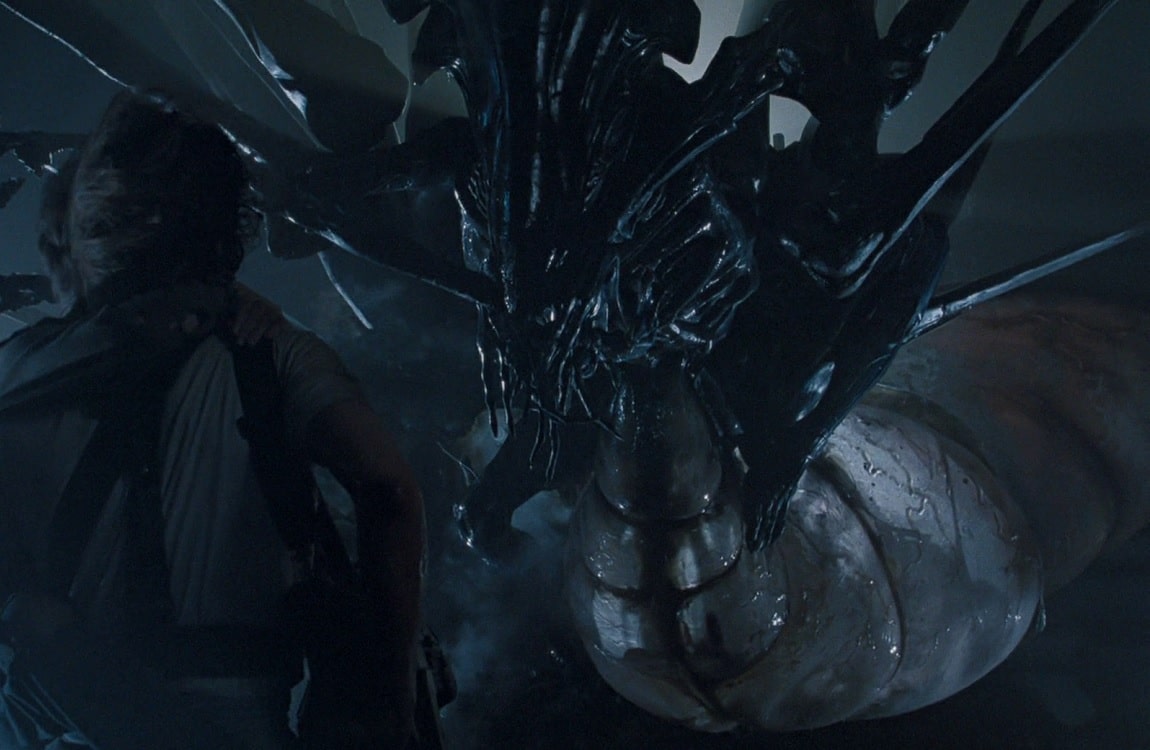
In the comprehensive investigation of Xenomorph anatomy, it is imperative to delve into their complex and chilling life cycle. The Xenomorph life cycle begins with the forming of an Xenomorph egg inside the ovipositor of the Alien Queen. The egg would then give birth to the Facehugger. Once a Facehugger has successfully secured a host, it implants the host with an embryo (called a chestburster) that will ultimately develop into a fully-fledged Xenomorph. As this life cycle unfolds, it becomes evident that the Xenomorph's anatomy is not only a marvel of biological engineering but also a nightmarish testament to their relentless drive to perpetuate their species through a cycle of horror and death.
Xenomorph Lifespan

The lifespan of a Xenomorph varies with its type; smaller varieties in its lifecycle typically exhibit shorter lifespans. The most durable are the Alien eggs, capable of enduring thousands of years without disturbance, alongside the Alien Queens. Adult Warrior Xenomorphs may not live as long, but they can enter hibernation, even in the vacuum of space, significantly slowing their metabolism and enabling survival for centuries. This remarkable lifespan places Xenomorphs on par with the Yautja, who generally live around a thousand years. However, due to their propensity for dying in battle, the actual lifespan of both species is often much shorter.
Xenomorph Cocoon
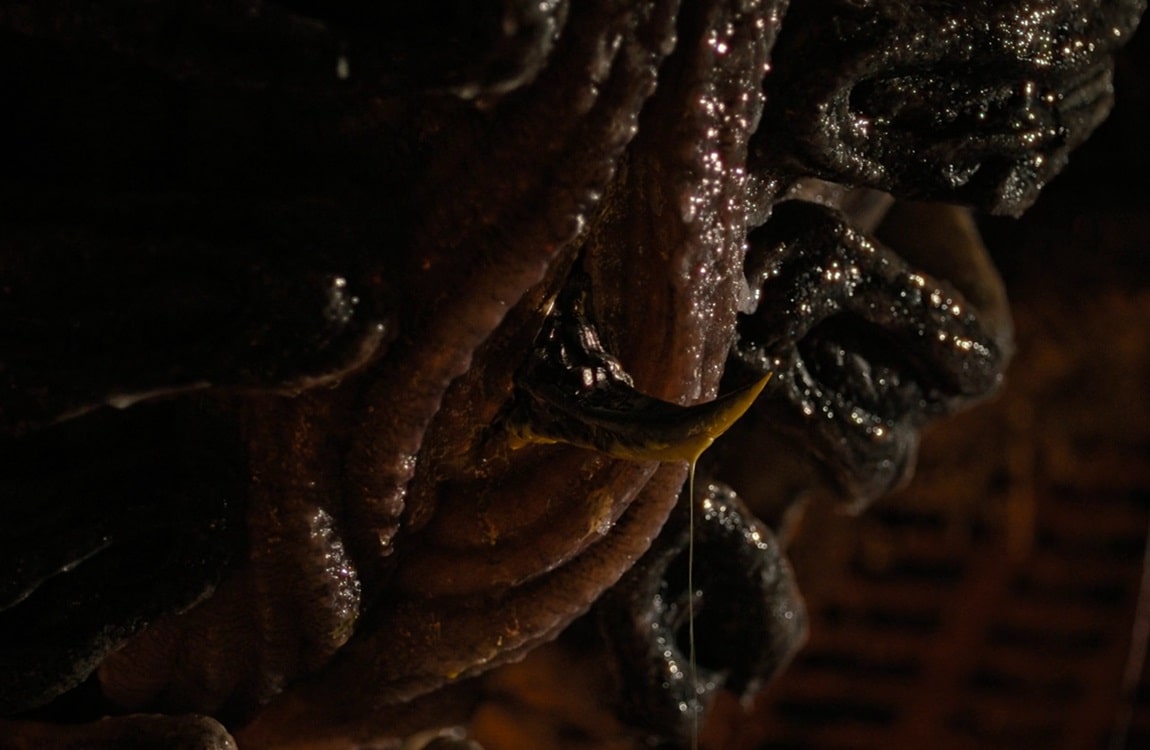
In Alien: Romulus, a new stage in the Xenomorph's anatomy and life cycle was introduced, adding a fresh layer to Alien lore. After shedding its skin, the chestburster formed a cocoon on the walls of the Corbelan IV, strategically positioned near the ship's only exit. From this cocoon, the fully-grown Warrior Xenomorph emerges headfirst. While not entirely defenseless, the cocoon allows the Xenomorph to use its tail tip to protect itself, as seen when it stabs Bjorn, who tries to attack it with a cattle prod. This cocoon stage resembles the concept of eggmorphing but notably does not require a host.
Conclusion: A Masterpiece of Sci-Fi Horror
The Xenomorph's anatomy and biology is a testament to the power of imagination and the boundless creativity of science fiction. From their exoskeletal armor to their dual jaws, acid blood, and biomechanical integration, every aspect of their design elicits a sense of horror and fascination. The blending of biology and technology, combined with their lethal traits, makes the Xenomorphs a hallmark of the sci-fi horror genre. Their anatomy serves as a reminder that even in the cosmos of fiction, the most extraordinary and fearsome creations can emerge from the depths of creativity and artistic vision.

